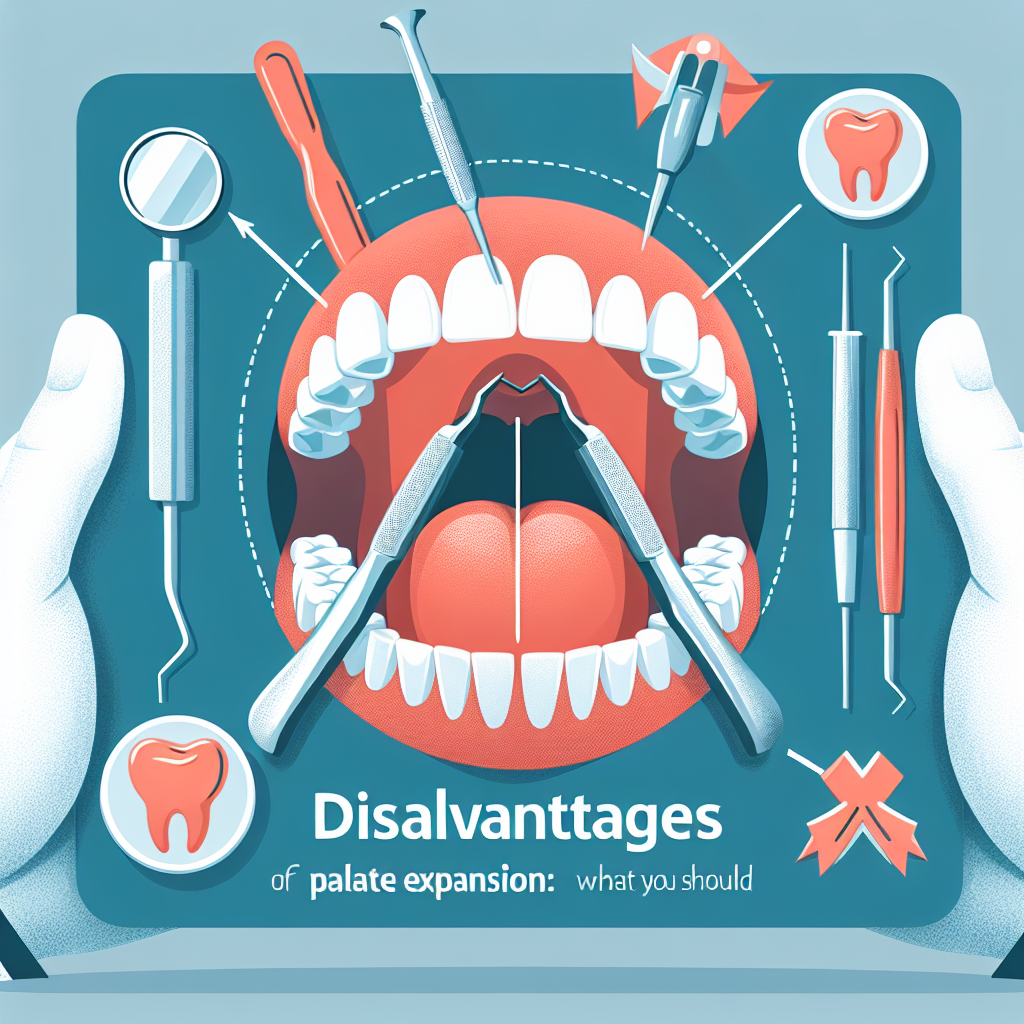Finding the Ideal Blood Pressure: What You Need to Know
Understanding the concept of ideal blood pressure is crucial for maintaining a healthy lifestyle. In this article, we unravel the specific questions surrounding 'was ist der ideale blutdruck' to provide clarity for those seeking well-being.

What Does 'Was ist der ideale Blutdruck' Mean?
'Was ist der ideale Blutdruck' translates to 'What is the ideal blood pressure' in English. This question often arises when individuals are trying to gauge their cardiovascular health. Blood pressure readings are expressed in millimeters of mercury (mmHg) and are recorded with two numbers: systolic (the upper number) and diastolic (the lower number).
Normal Blood Pressure Ranges
To determine the ideal blood pressure, it's essential to understand the various categories defined by medical authorities:
- Normal: Systolic <120 mmHg and Diastolic <80 mmHg
- Elevated: Systolic 120-129 mmHg and Diastolic <80 mmHg
- Hypertension Stage 1: Systolic 130-139 mmHg or Diastolic 80-89 mmHg
- Hypertension Stage 2: Systolic ≥140 mmHg or Diastolic ≥90 mmHg
- Hypertensive Crisis: Systolic >180 mmHg and/or Diastolic >120 mmHg
What is Considered Ideal Blood Pressure?
The ideal blood pressure is typically recognized as around 120/80 mmHg. This range is indicative of optimal cardiovascular function. However, individual factors such as age, overall health, and existing medical conditions can influence the ideal range for specific individuals.
Age and Ideal Blood Pressure
Ideal blood pressure can vary across different age groups:
- Children and Adolescents: Generally, normal ranges are lower. A pediatrician should assess what is ideal for younger populations.
- Adults (18-65 years): The aim should be to maintain blood pressure close to 120/80 mmHg.
- Seniors (65+ years): Some studies suggest that slightly higher blood pressure (up to 150/90 mmHg) may be acceptable depending on other health factors. Consult with healthcare providers for personalized assessment.
Factors Influencing Ideal Blood Pressure
Multiple factors contribute to individual blood pressure readings. Recognizing these can help in achieving and maintaining ideal levels:
- Diet: High salt intake can elevate blood pressure, while a balanced diet rich in fruits, vegetables, and whole grains can help.
- Physical Activity: Regular exercise strengthens the heart and improves circulation, often resulting in lower blood pressure.
- Weight: Maintaining a healthy weight can significantly affect blood pressure levels. Higher body weight is often associated with elevated blood pressure.
- Genetics: Family history plays a critical role in determining an individual’s blood pressure range.
- Stress: Chronic stress can lead to temporary spikes in blood pressure. Managing stress through relaxation techniques is essential.
Monitoring Your Blood Pressure
Regular monitoring is key to understanding whether your blood pressure is in the ideal range. Here are some tips for effective monitoring:
- Home Monitoring: Consider investing in a home blood pressure monitor. Ensure it is validated and follow the manufacturer's guidelines for use.
- Regular Check-Ups: Visit a healthcare provider at least once a year for a professional blood pressure measurement.
- Keep a Log: Maintain a diary of your readings to help identify trends over time and discuss them with your doctor.
Consulting Your Healthcare Provider
Determining your personal ideal blood pressure is crucial, especially if you have pre-existing conditions. Regular consultations with a healthcare professional can:
- Help interpret your blood pressure readings.
- Provide personalized advice for lifestyle modifications.
- Determine if medication is necessary for managing hypertension.
Conclusion
In summary, understanding the answer to 'was ist der ideale blutdruck' is essential for maintaining heart health. While the general ideal blood pressure is around 120/80 mmHg, individual factors can influence what is best for you. Always consult with a healthcare professional for tailored advice and management strategies.
Neue Beiträge
Der Beep-Test: Die ultimative Ausdauerprüfung
Gesundheit und Fitness
Sportliche Aktivitäten nach Darmspiegelung: Vorsichtsmaßnahmen und Empfehlungen
Ernährungsrichtlinien
Labrumläsion: Ursachen, Symptome und Behandlungsmöglichkeiten
Behandlungsmöglichkeiten

Die Figur von Lena Kesting: Ein Blick hinter die Kulissen
Influencer
Verhalten nach Leistenbruchoperation mit Netz: Leitfaden für eine erfolgreiche Genesung
Schmerzkontrolle
Das unterschätzte Krankheitsgefühl nach dem Sport
Sport und Fitness

Sport nach Hyaluronbehandlung: Tipps für eine sichere Rückkehr zum Training
Sport

Effektive Übungen zur Rehabilitation einer Labrumläsion in der Schulter
Gesundheit

Anneke Kim Sarnau: Einblick in ihre Gesundheitszustände
Prominente

Wann wieder Sport nach Botox Behandlung der Stirn?
Sport
Beliebte Beiträge
Schritt-für-Schritt-Anleitung zur Änderung Ihrer DAK-Adresse
Tipps und Tricks

DAK-Gesundheit: Bankverbindung für Beitragszahlungen und Rückerstattungen
Rückerstattungen
Sport trotz Eisenmangel: Kann man mit niedriger Eisenreserve noch trainieren?
Gesundheit
Sport bei Herpes: So bleiben Sie aktiv trotz Ausbruch
Gesundheit

Nachteile der Gaumennahterweiterung: Was Sie wissen sollten
Langzeitfolgen
Entschuldigung vom Sportunterricht: Rechtliche Grundlagen und Tipps für Eltern
Rechtliche Aspekte
US-Sport: Ein Einblick in die Welt des amerikanischen Sports
NFL - American Football
Wie lange sollte man nach Botox-Behandlungen mit dem Sport warten?
Hautpflege
Milchzahn ziehen: Wann ist es notwendig und wie wird es durchgeführt?
Häufige Fragen
Sportbefreiung in der Schule: Alles, was Schüler und Eltern wissen müssen
Rechtliche Grundlagen